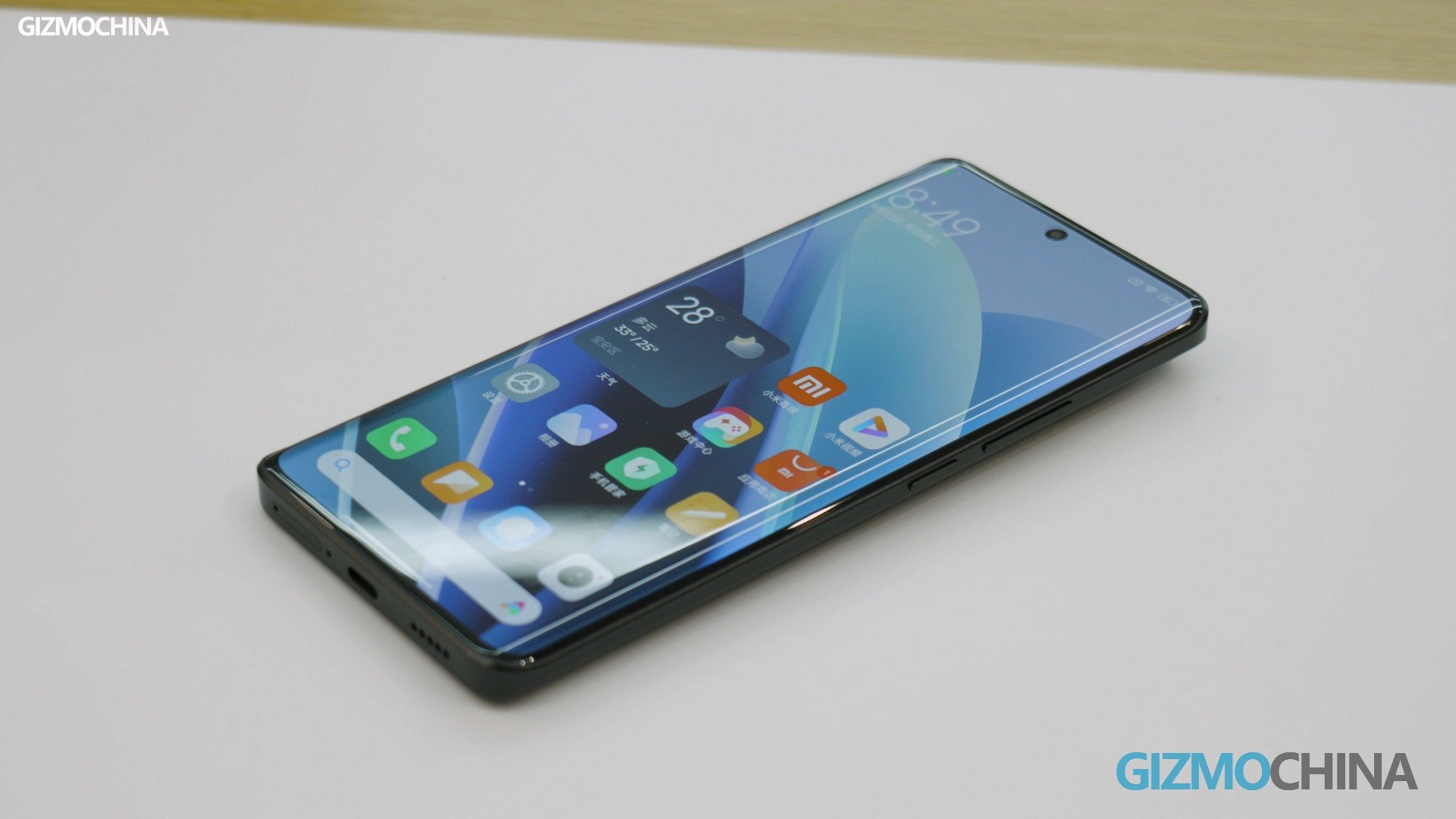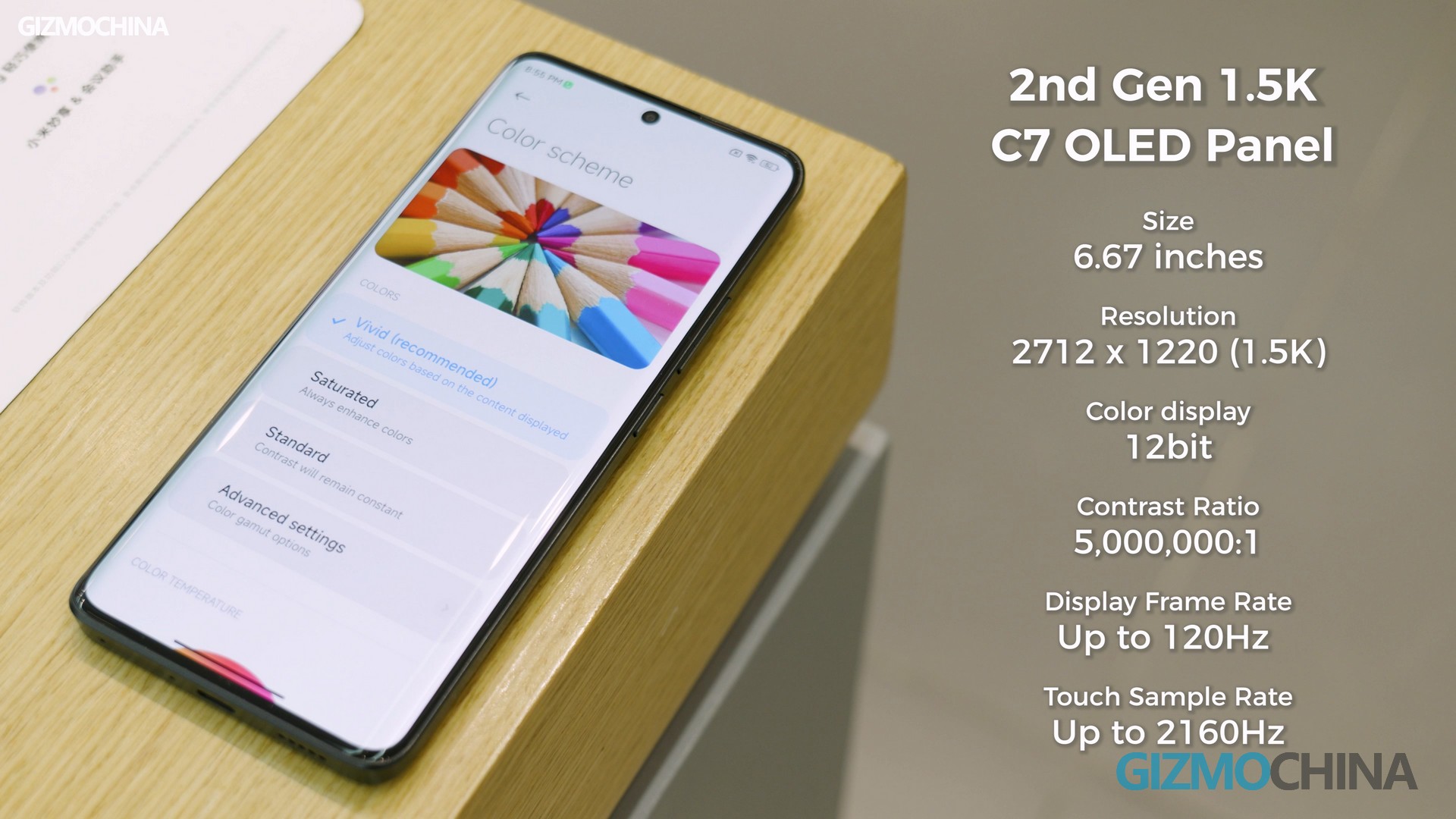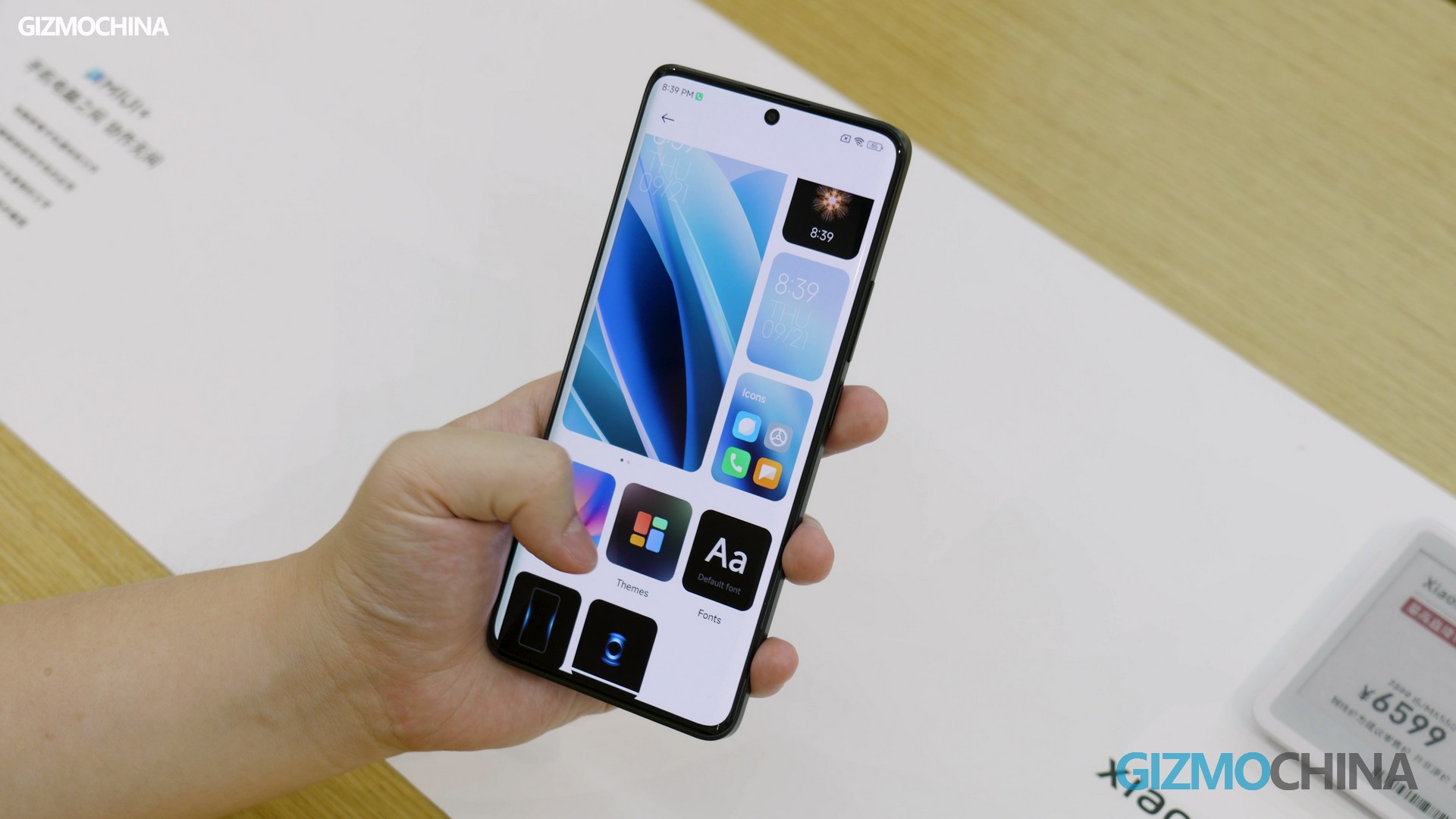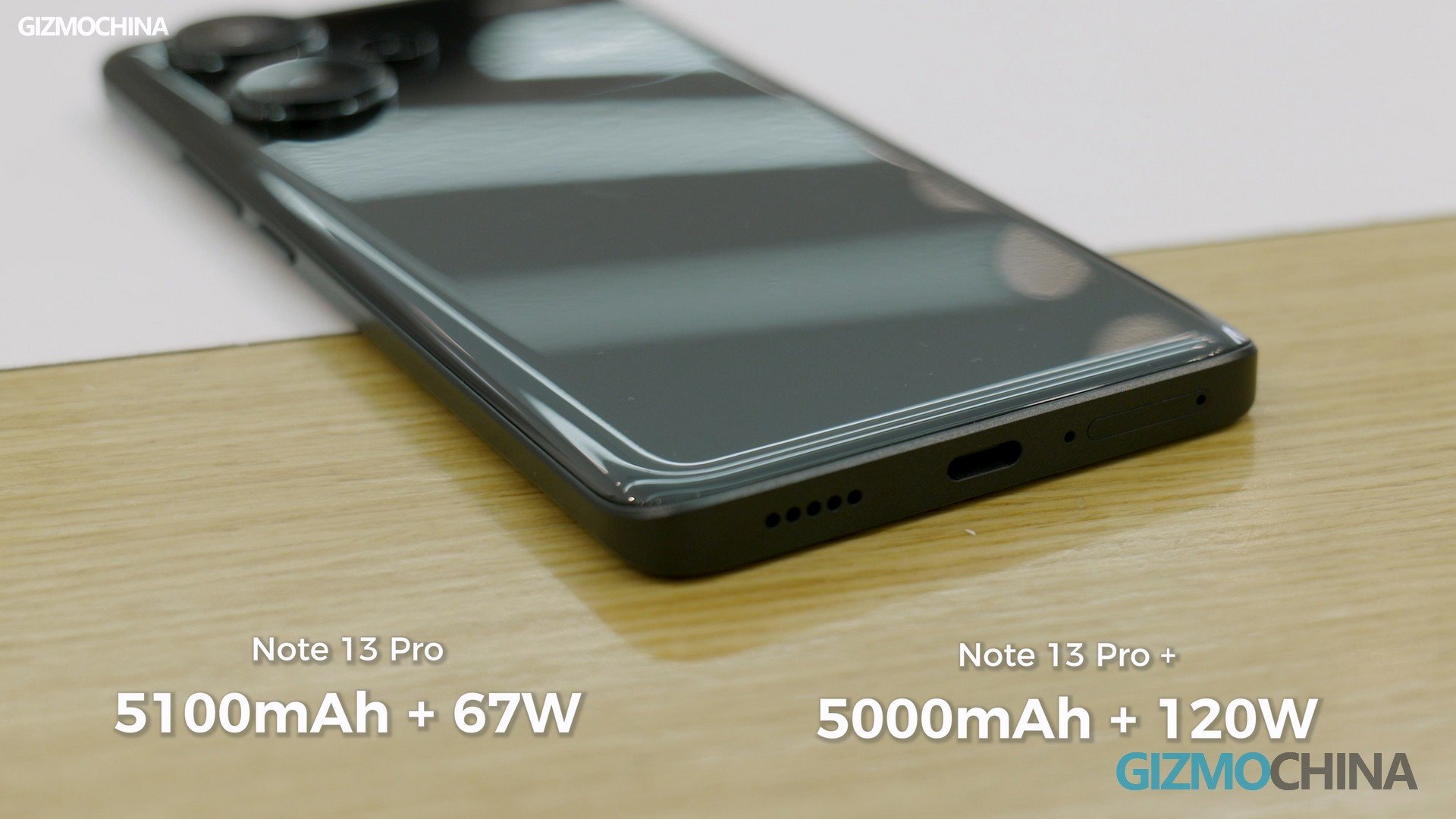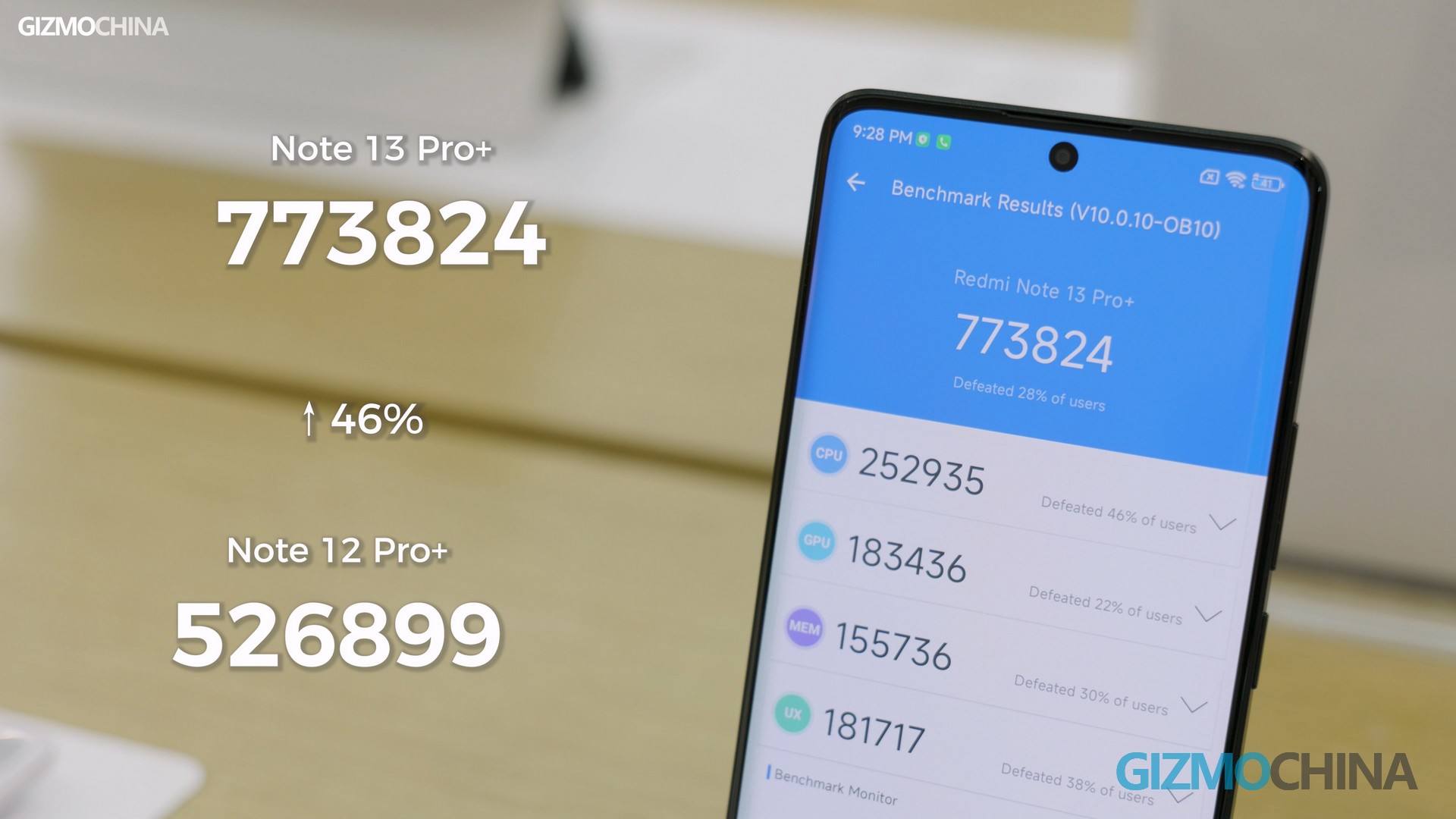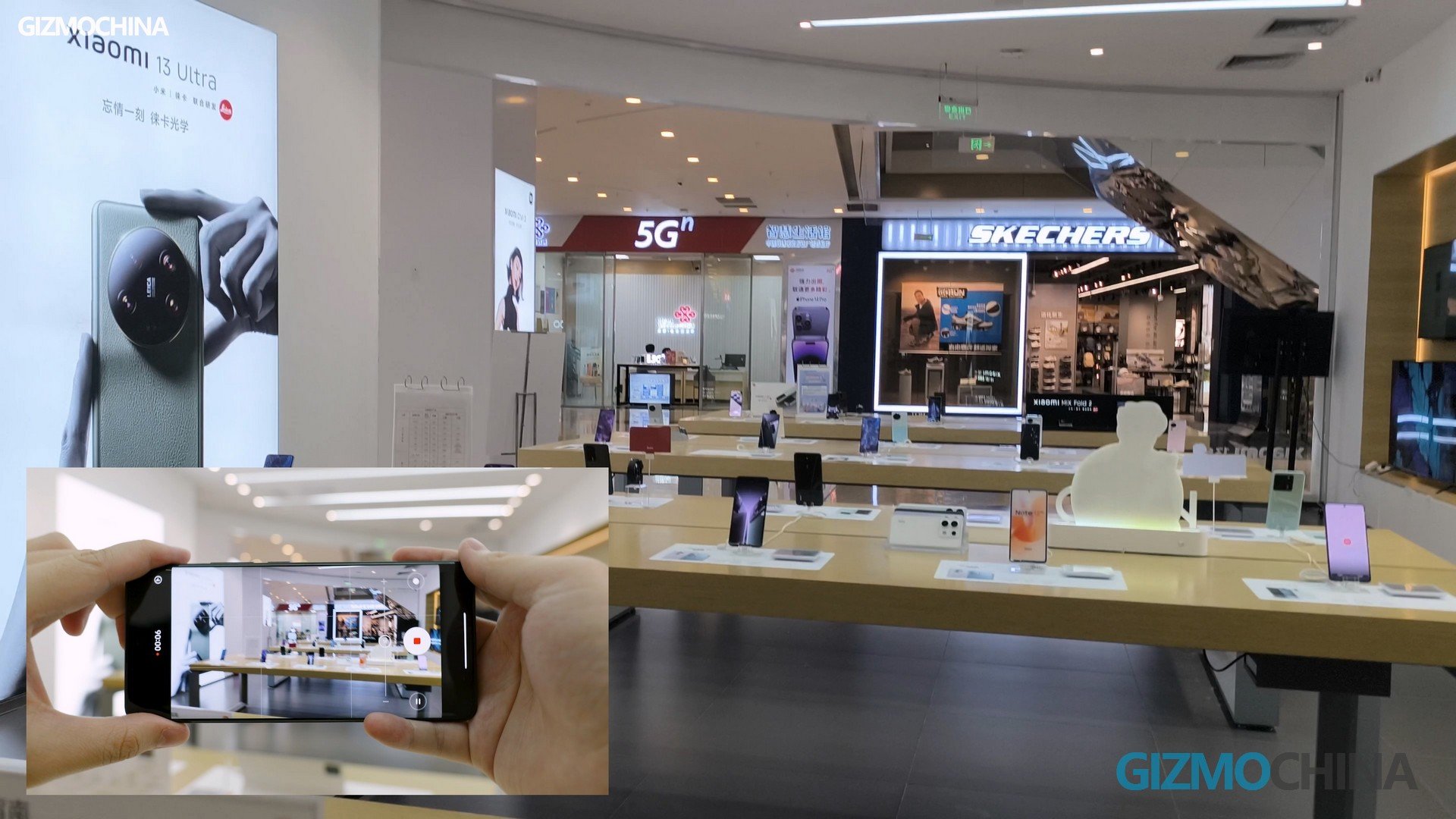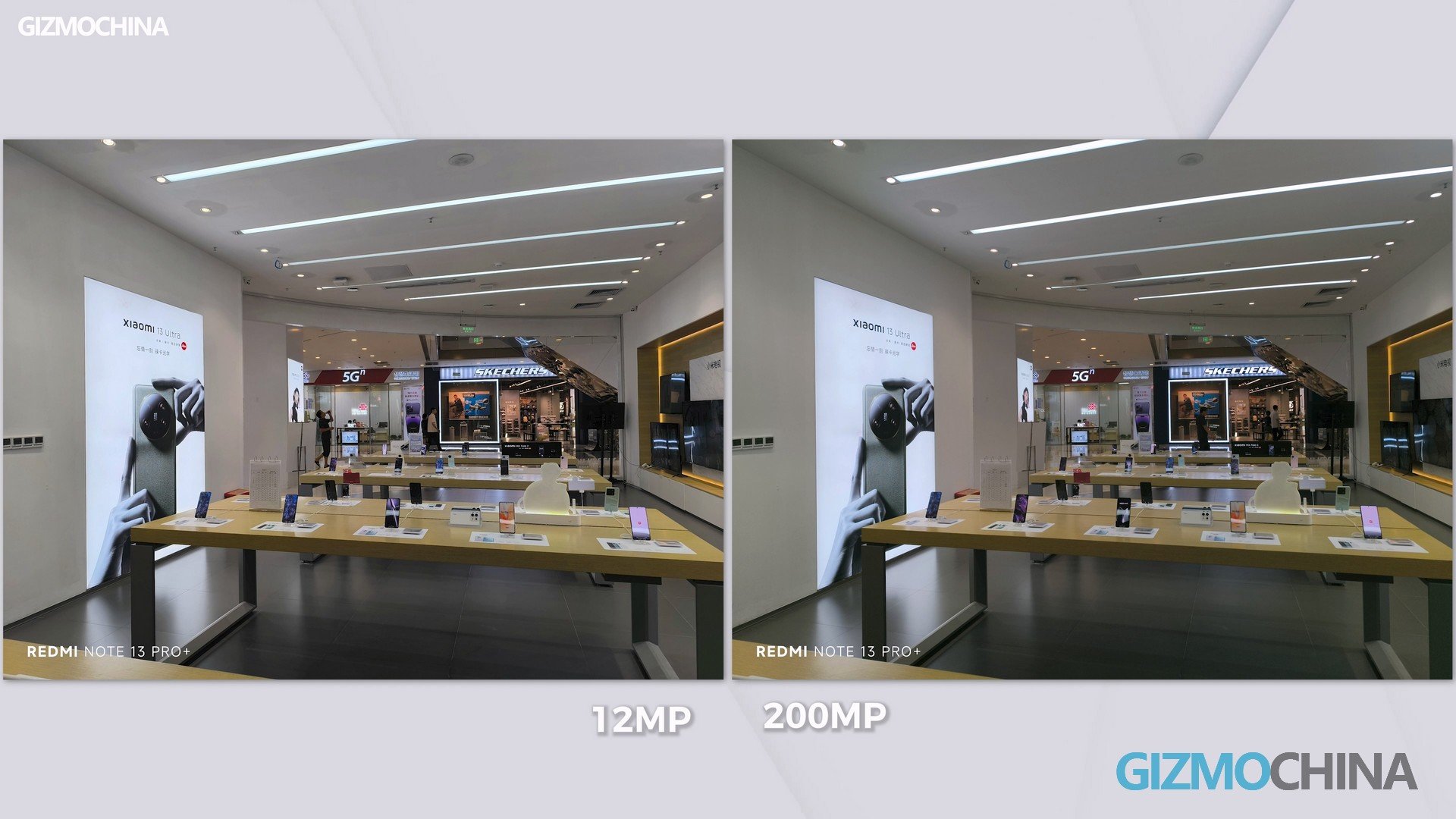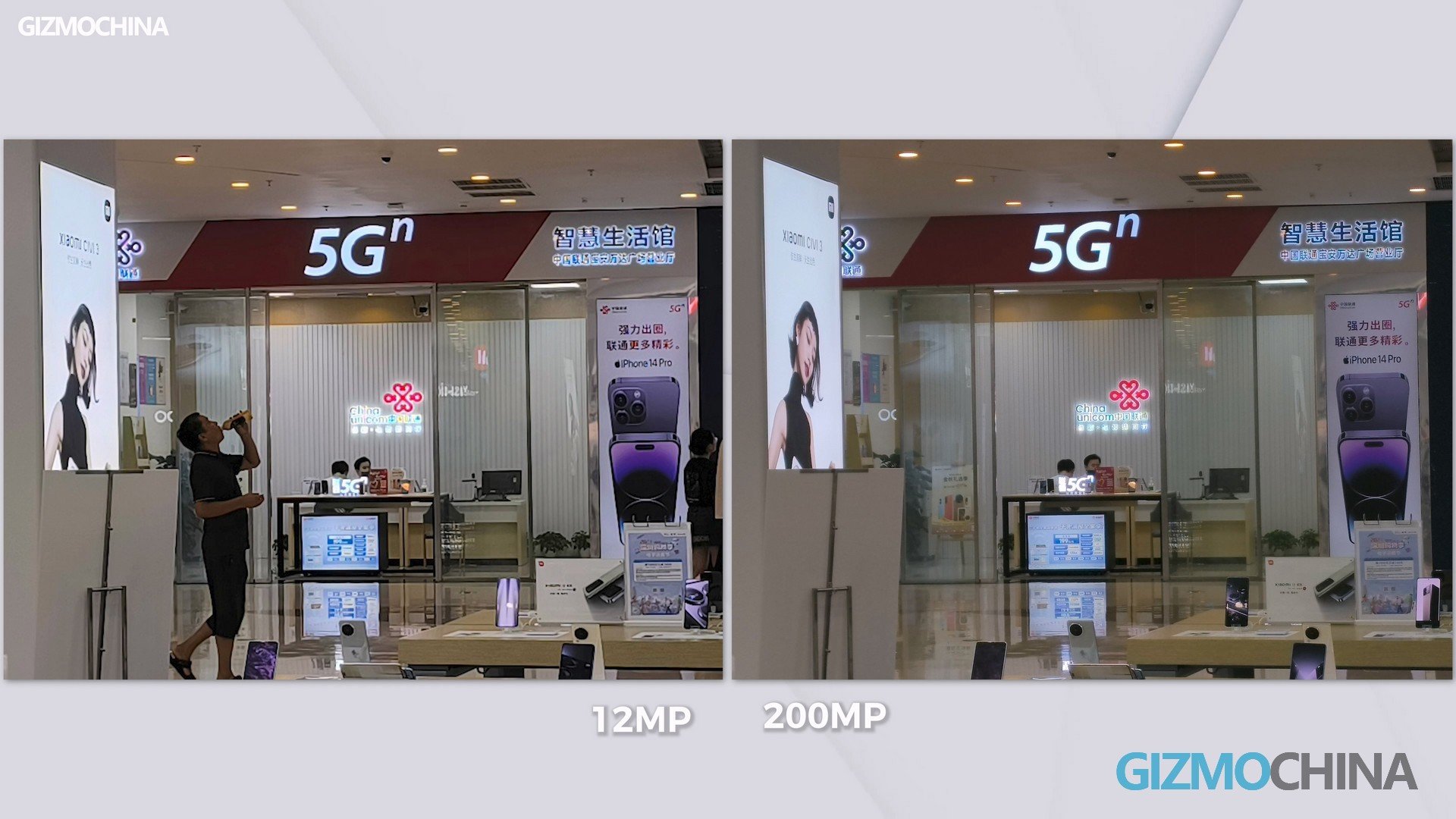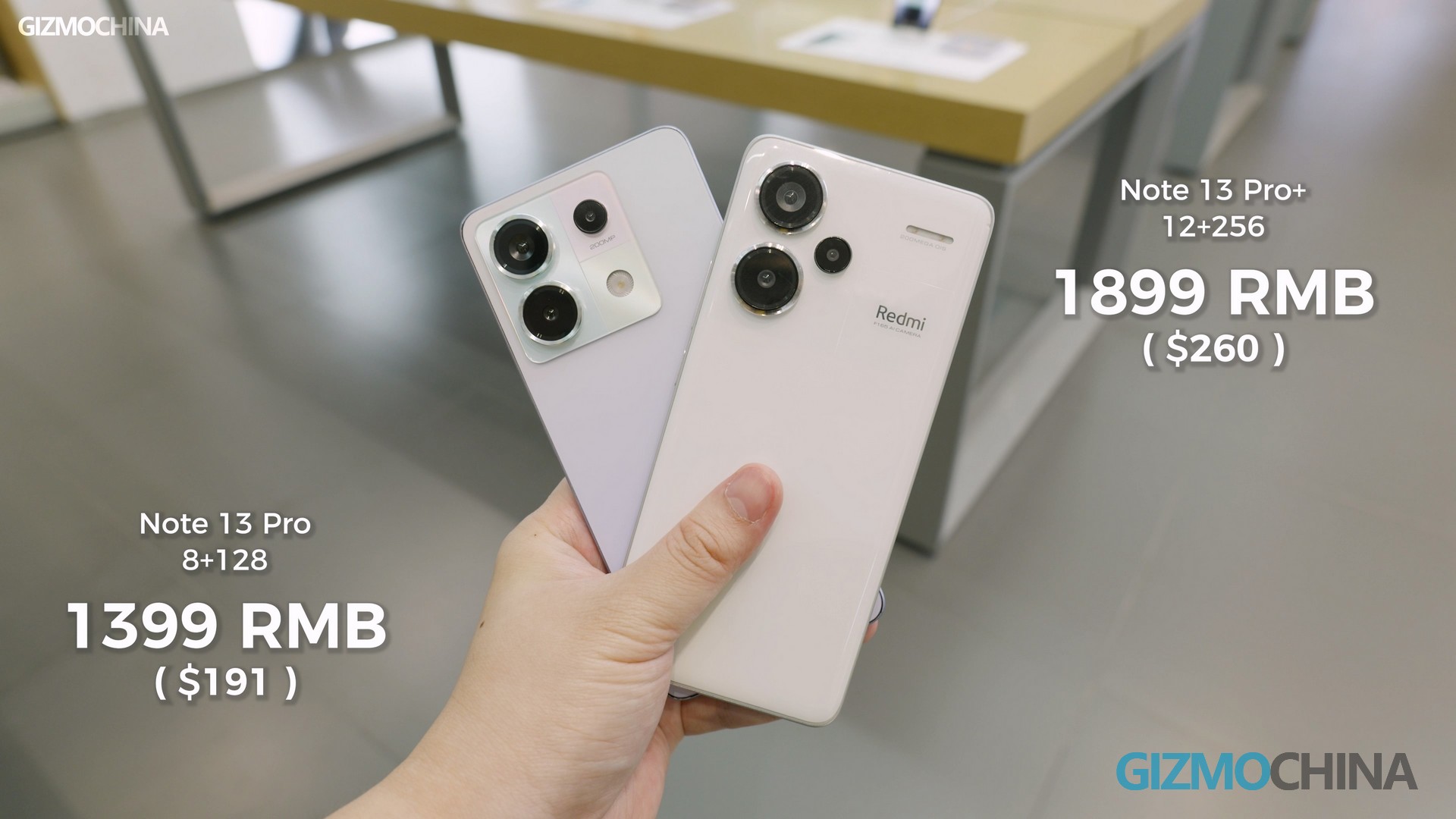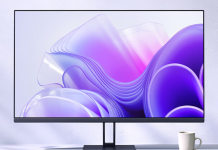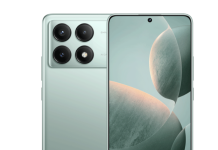Two days ago, we collected some questions from our fans about their Redmi Note 13 series. After my hands-on experience in the Xiaomi Store yesterday, I think I can now answer those questions. This article is not just an Unboxing or Hands-on but also a Q&A about the Note 13 series. Before I answer those questions, let me unbox it first.
Unboxing
Most base card pins and manuals haven’t changed in any way, we’re all used to that. But the phone case has turned into a black silicone material this time. It feels much better than the previous transparent case and it doesn’t turn yellow due to oxidation. I hope all Redmi phones will come with this case in the future.
The charger and charging cable are also pretty ordinary. Without further ado, let’s get right to the questions.
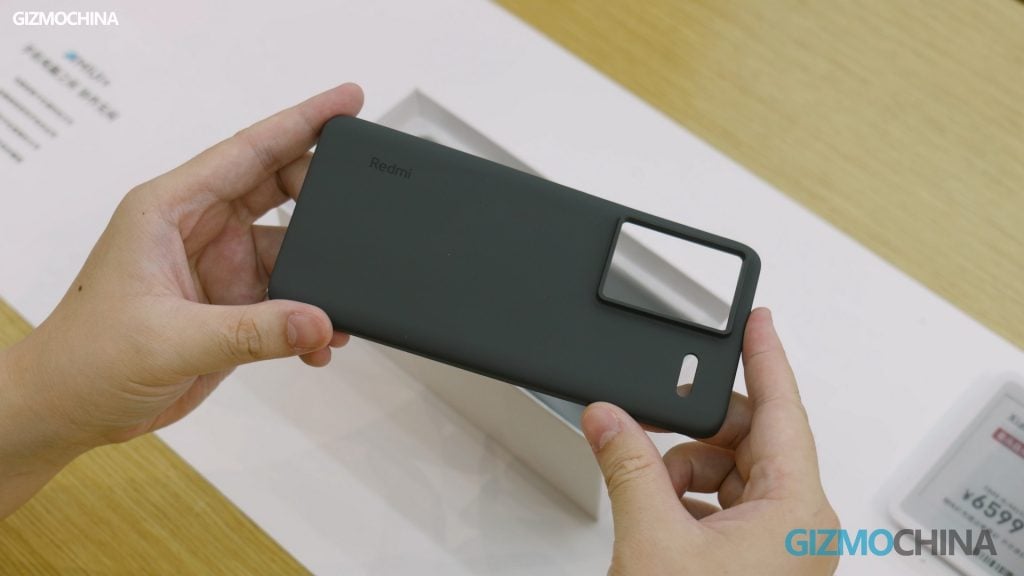
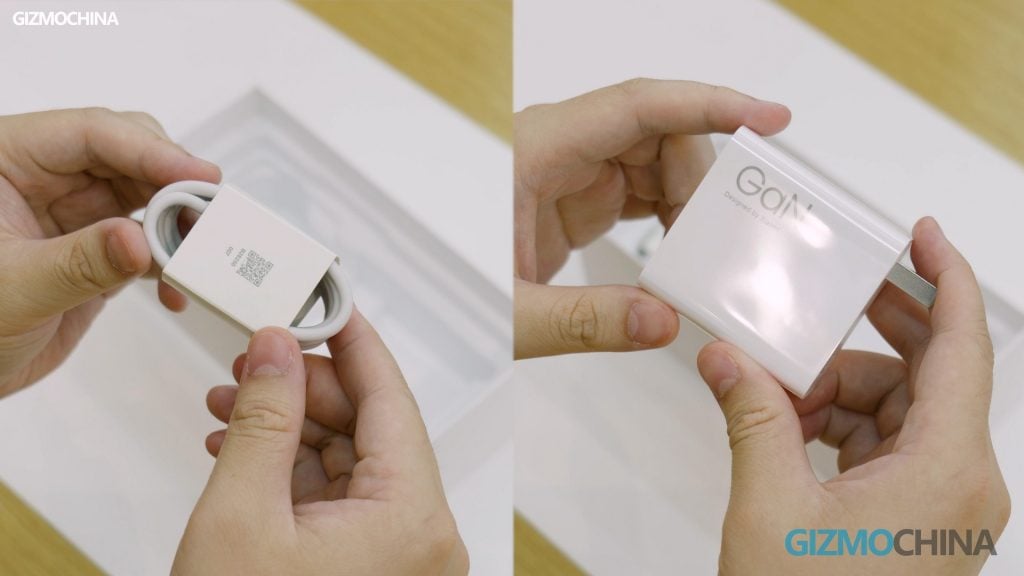
Q&A

A: Let’s start with the Pro+ version, where the most basic upgrades are of course the primary camera and the processor. But apart from these two basic upgrades, there are some very pretty or useful upgrade points, such as a better-looking curved screen, with a small curved area.
The protective glass is also Corning Victus and it works even if your fingers are wet. Most importantly, it’s IP68 certified. This makes the Ace 2 Pro, which also has this feature but doesn’t have IP68 and is more expensive, a little bit embarrassing. The display resolution and maximum brightness have also been upgraded, and the screen fingerprint has been switched from the side to the under-screen. In short, it’s just as good as the one on the Redmi K60 Ultra.
Although it’s a curved screen, the bezel is partially flat though. This makes it look and feel very much like the Xiaomi 13 Ultra from the front. It’s really hard to believe that a $260 phone can be so premium.
As for the Redmi Note 13 Pro, it’s not as impressive. The processor has been upgraded to a 4nm Snapdragon 7s Gen 2, and the screen has been upgraded to the same panel and protective glass as the Pro+. The back cover has been switched from plastic to glass, also with under-screen fingerprint recognition. The specs are also excellent, though the design is significantly weaker than that of the Pro+.

A: Well, I’ll answer the first question later, let me answer the second and third first.
The most obvious difference between the two versions is the look. I didn’t get that color-blocked vegan leather version, but I’m sure you can get a sense of how good it looks by viewing the pictures. That white version is also very nice, and if you hate vegan leather, this colorway is a good choice.
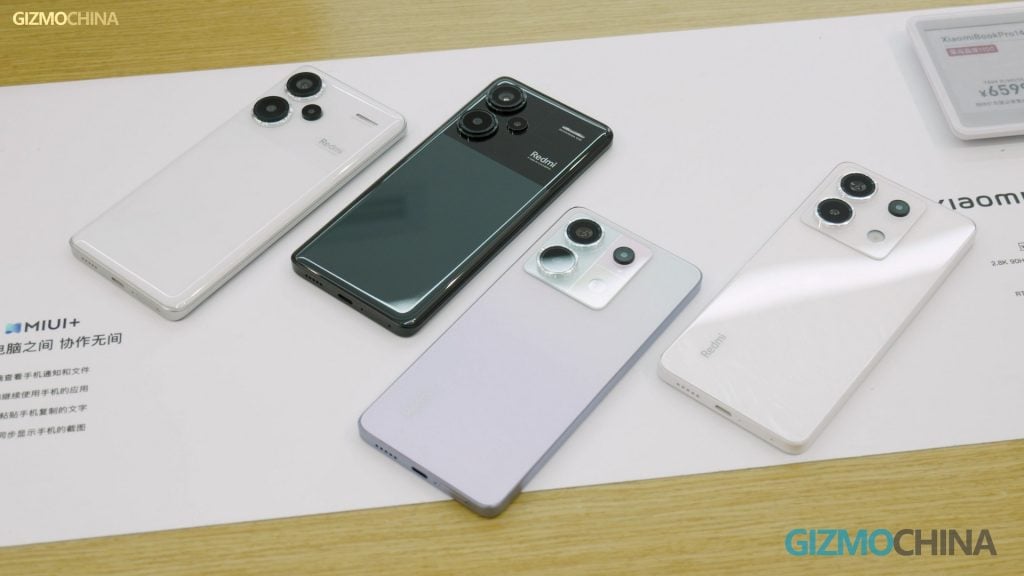
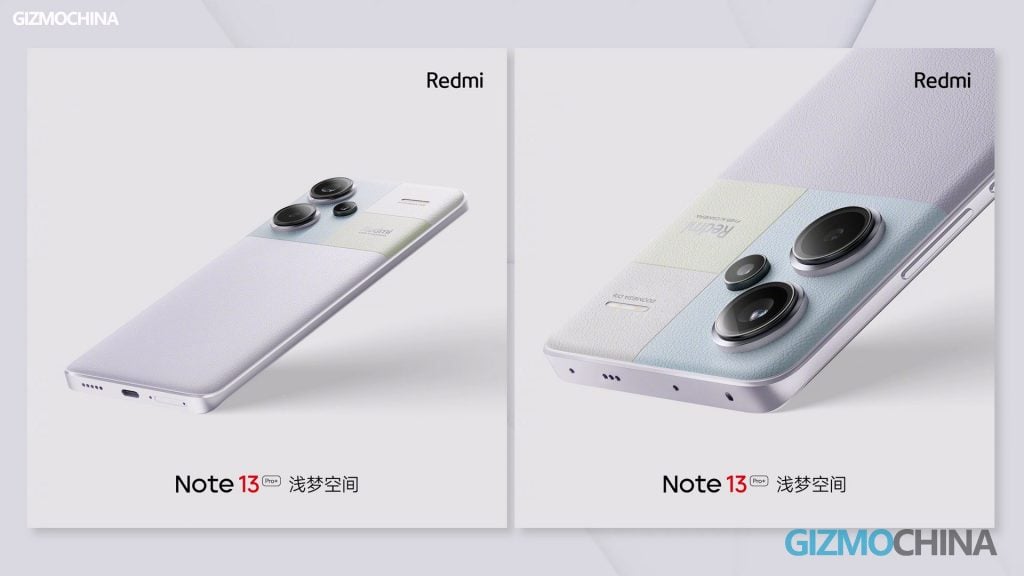
The Pro version, on the other hand, is obviously a much-blanded design, and only that new color looks better. And no vegan leather version.
The second difference is the processor, the Redmi Note 13 Pro+ is the Dimensity 7200-Ultra and the Pro version is the Snapdragon 7s Gen 2. Both are first-time available on the phone. We will go in-depth about it later. The third difference is in the charging power. Like the Note 12 series, the Pro+ is still 120W and the Pro version is still only 67W, but the battery of the Pro version is slightly bigger.
The third question is really hard to answer. As I just said, the Pro+ has IP68 and Corning Victus glass, which should make it more durable than other phones. The Pro version doesn’t have IP68 certification though. So if you want to use it for 3 years or more, the Pro+ version would be a better choice I think.

A: I installed Antutu on the Redmi Note 13 Pro Plus. the scores as you can see are just average for a mid-range phone. But the Dimensity 7200-Ultra on the Pro+ is about 46% better compared to the Note 12 Pro+, which is arguably a huge improvement.
The Snapdragon 7s Gen 2 in the Pro doesn’t look so good though. This processor doesn’t have much to do with the 7+ Gen 2, it’s more of an upgrade from the 778G. Since it is manufactured in 4 nm at Samsung, don’t expect too much performance from it.

A: Thanks to the better processor used in the Pro+, it does support 4K EIS. We didn’t get our hands on the Redmi Note 13 Pro, but based on the performance of the processor, the odds are that the Pro version doesn’t support EIS for 4K recording.

A: We’ve just talked about performance, so let’s talk about the camera. 200MP photos are actually pretty good overall, except for a little bit of a reduction in dynamic range. I don’t think it’s the quality of the photos that stops people from taking photos in 200MP mode though, it’s the size of the photos. 200MP photos are 15 times the size of a 12MP photo, and that’s pretty terrifying. So for the most part, the 200 MP mode photos remain a gimmick. This high-megapixel sensor only shows its strengths when zooming.
The main camera is good enough, in fact, what really disappoints me is this perpetual 8 MP Ultra-wide camera and 2 MP Macro camera.

A: I don’t know. I really don’t know. Even if I know the answer, it’s a trade secret. Some media leaked Xiaomi’s new phone before and compensated Xiaomi a million RMB, I don’t want to be that person. Moreover, I really don’t know.

A: There are no bad phones, only bad prices. No doubt the price makes them very, very good phones. I’d recommend you guys get the Redmi Note 13 Pro Plus more. Aside from the fact that the Pro+ version is even better in every way, there’s another reason that the processor upgrade on the Pro version is so small.
This year’s Redmi Note 13 Pro+ has gotten more beautiful, more powerful, and more durable. As long as you’re not a heavy gamer, you can’t go wrong buying it. At least you can’t get a better phone for the same price.

